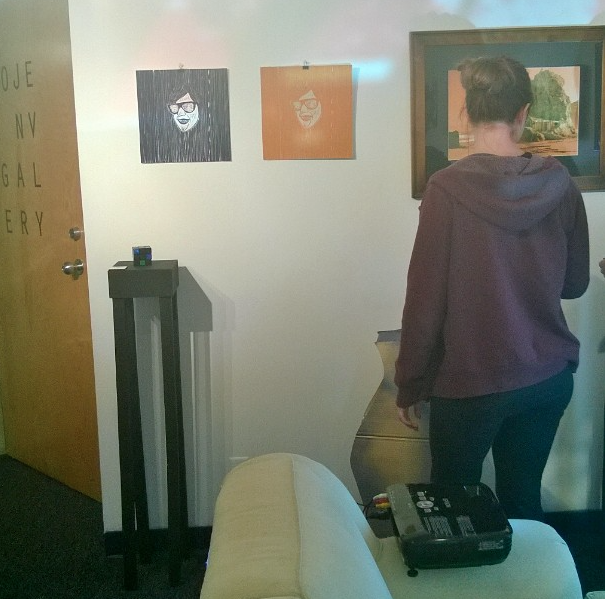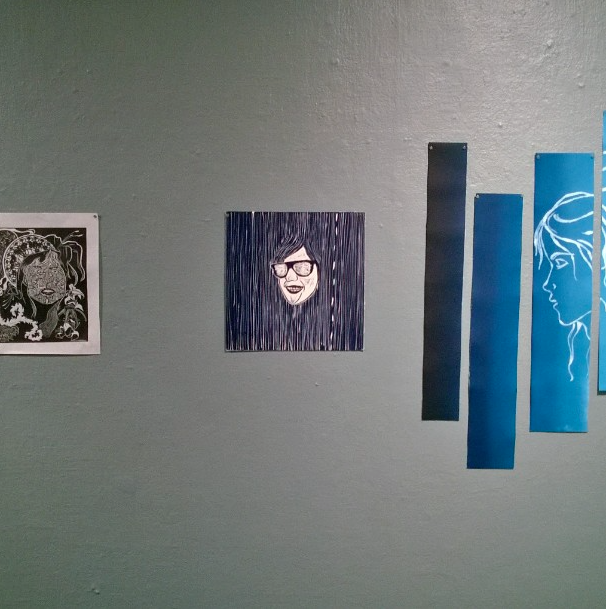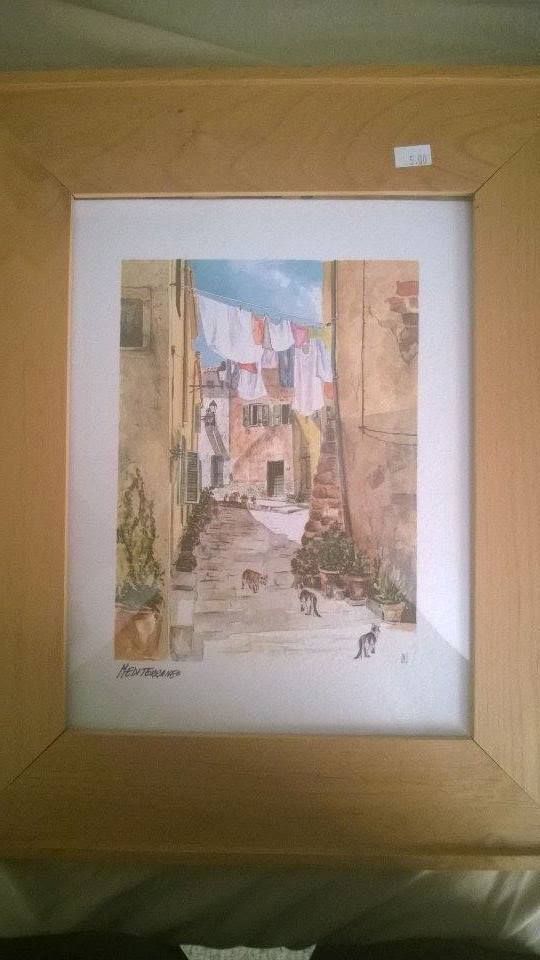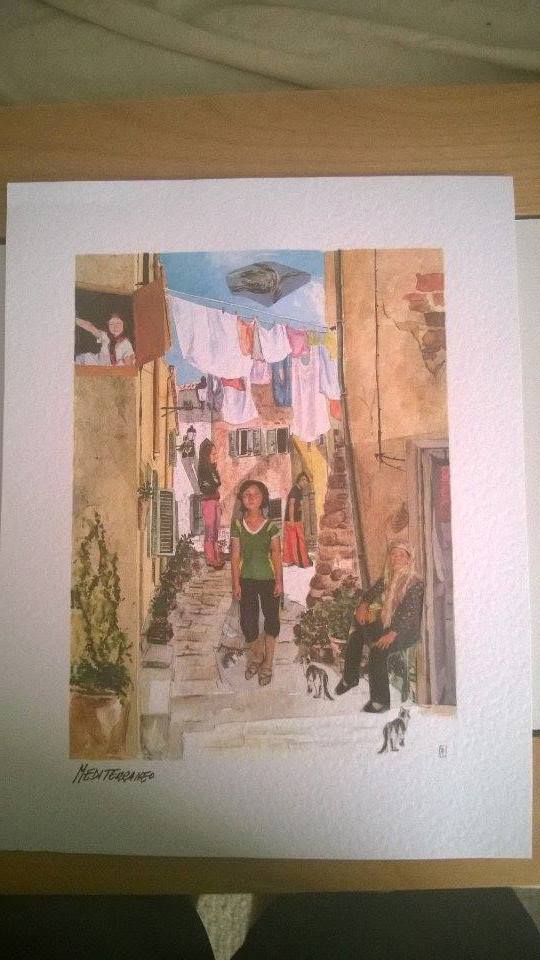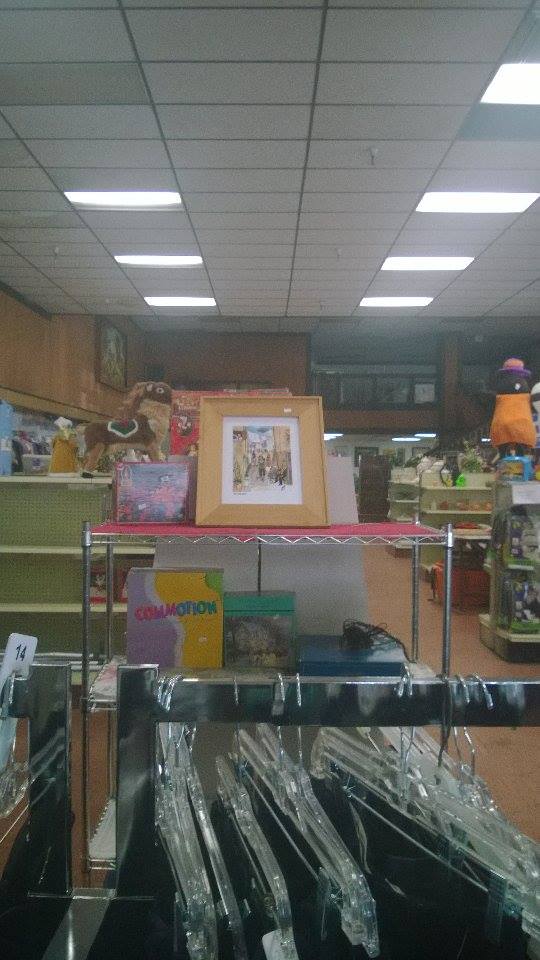Does it have to make sense?
In Zurich, 1918, three artist got together and started to questioning the need of meaning on art. They were living throw some difficult times and the idea that reasoning and logic had guide Europe and North America to the First Great War. This thee artist were Tristan Tzara, Hugo Ball and Hans Arp. Some believe that even the name is non-sense, mainly because it actually is the french word for hobbyhorse.
As an artist I do not have a formed opinion about the need of meaning on art. Although, I don’t find any beauty in picking some random things and naming it art. So I thing the meaning of art it self is what is being questioned in this movement. Should art be something aesthetic, in the way to show beauty, or could grotesque be a kind of art in it self?
Tristan Tzara says in the Dada Manifesto of 1918 that she is against principles. Wouldn’t the role idea of Dada only a way to renounce the idea of meaningful art, creating its own principles? I believe they not only created principles, but meaning and methods. In a way that they break way with the old ideas, but followed the same path.
So in the idea of creating something without meaning they created one of the most meaningful movements in the last century, not because the art pieces meant something on themselves. But because the idea of creating those pieces of art meant that art wouldn’t be the same again.
